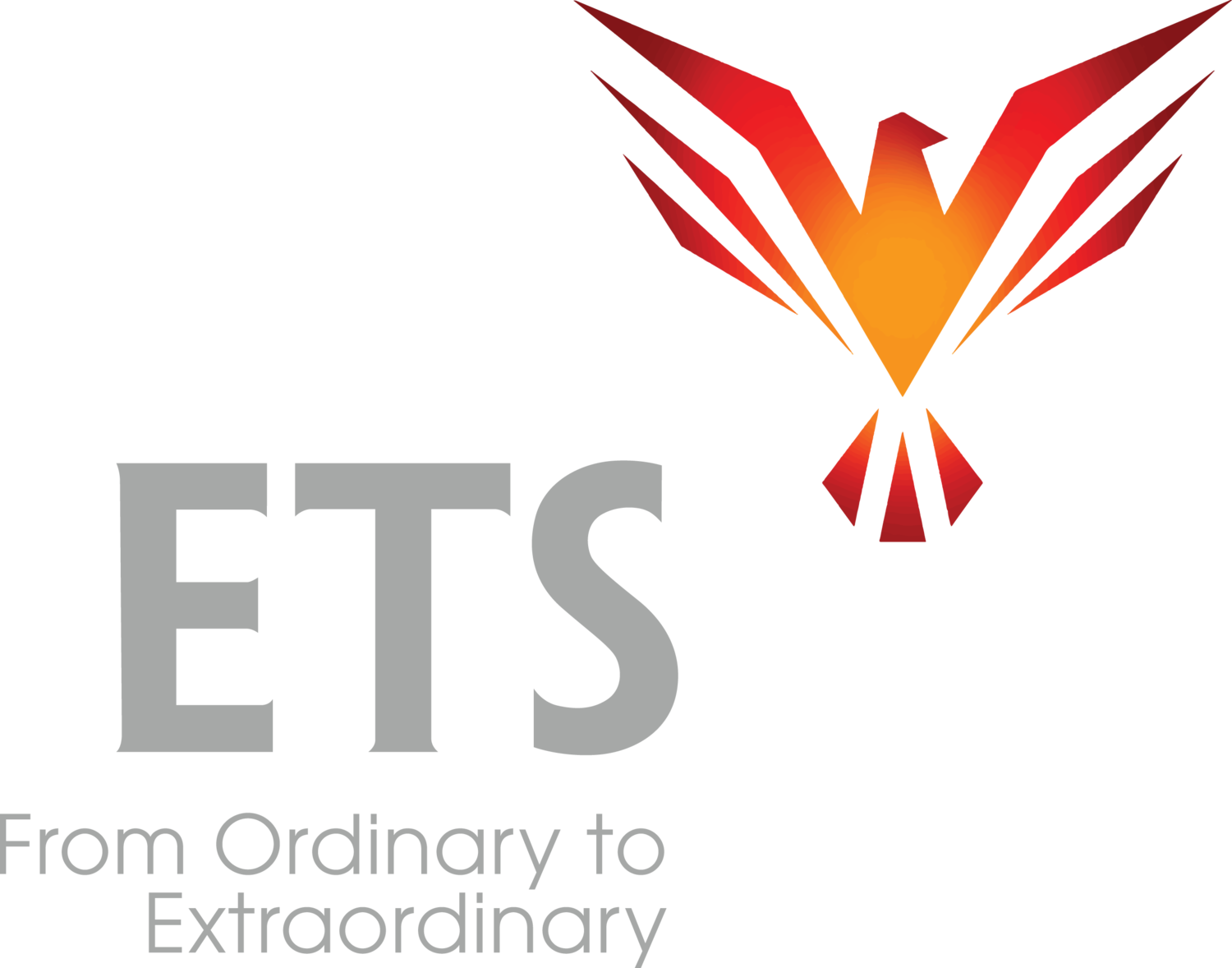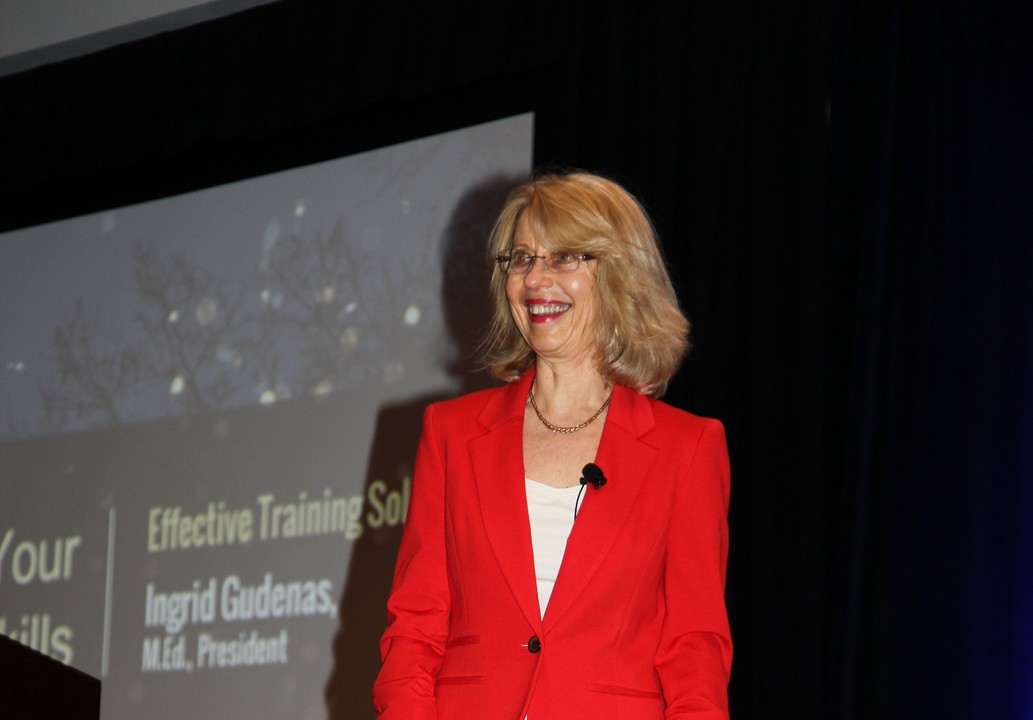All audiences look disinterested at the beginning, unless you're Oprah, of course.
I remember my first audience. I’d made the decision to be a professional corporate trainer, but as I was standing in front of my first group, looking at 20 skeptical, disinterested faces, I suddenly had no idea why I wanted to do this, and the thought occurred to me that I would be much happier if I just turned around and left now.
Well, that first time I was stuck. While I seriously thought about leaving, my feet didn't move and I started talking.
That was over 30 years ago and since that time I've learned that, unless the audience already knows and loves you, that's how ALL audiences look at the beginning. I often have cold audiences who don't know who I am and they look exactly like the very first one.
Many of my clients tell me their audiences are even worse, because they come in and immediately start multitasking.
So, how do you break through and reach the audience who looks like this, how do you get them warm?
By making a deep personal connection with each person.
Focusing in on them as individuals, not as a group (this is very important). By putting your full attention on them individually and giving it your ALL when you talk to them.
I've had people ask, how can you possibly do that with an audience of 300? Here's how. You connect with each person briefly, so you have enough time to connect with all of them individually.
This reminds me of an audience I had of 200 trial attorneys. The CEO of a very upscale, prestigious law firm hired me to speak to them about communication. Sounded good to me so I said yes.
When I got in front of them there was a wave of ill will coming from the group that just about knocked me over. Suddenly it occurred to me that this is a group who thinks they already know everything about communication and are only here because the CEO mandated it. I slowly realized that as trial attorneys, they were supremely skilled at silent antagonism when their opponent is talking. I was the opponent.
It was a wave of, “We want to see you fail” like I had never experienced.
As they introduced me, and I was eyeing the sea of hostility I was about to enter, again it occurred to me that I would rather be anywhere else. Alas, too late.
When I tried to connect with them as individuals, they repelled me with their eyes.
How do you penetrate a barrier like that?
I refused to be distracted by the hostility. I focused on the person BEHIND the hostility.
As I was speaking, I put my attention on each person in the audience, penetrated the hostility with understanding, understood each one, one at a time, and delivered the full force of me and my message.
Many people think that during a presentation, understanding is 1-way. In other words the speaker presents, and the audience understands. This violates the natural laws of communication.
Excellent communication is predicated on 2-way understanding.
While many people can do this 1-on-1, most people don't know how to tune in to others when there is a GROUP of them to tune into. But it's important and those who have charisma have mastered it.
So, as I was speaking, I was simultaneously understanding each person, one at a time, giving each individual the full force of my understanding. What they experienced was someone talking to them who fully understood them and WASN'T making them wrong for it. That's rare.
Let me explain what I mean by giving the full force of me and my message. I don't at all mean that I was forceful, because I am very, very rarely forceful.
What I mean is not holding myself back, using both intention and vitality, combined with strong affinity and understanding to deliver my message fully.
Most people don't put enough of themselves into their communication to create an impact. Unfortunately, those who give their all often don't know how to ALSO make a personal connection with the audience, and so they speak passionately, but their message bounces off the surface, doesn't penetrate. The audience remains an audience of spectators, not an audience in rapport.
It takes both: a strong, deep personal connection with each person in the audience plus how you deliver the message .
It took about 5 minutes for the attorneys to fully warm up. I thought that was pretty good. It was a 2-hour talk, so we had plenty of time for the good stuff. And, when they warmed up, they REALLY warmed up. Turned into a wonderfully rowdy crowd and we had a great time.
Afterward, the CEO told me the evaluations were very good with a number of complaints. The complaints were that the session was too short and they wish they'd had more time. Considering they bill by the hour and the total billing rate in that room for 2 hours exceeds my imagination, I took that as high praise.
So, don't be at all dismayed when you first look out at your audience and see polite disinterest and feel that barrier or wall. Unless your rock band is currently playing on the radio or you’re speaking at your family reunion, that's how most audiences look. Even for CEO's.
But it doesn't matter how they look at the beginning. What matters is how QUICKLY you can turn it around and get them warm and with you.
The key points I've mentioned above always work, you can count on that.

